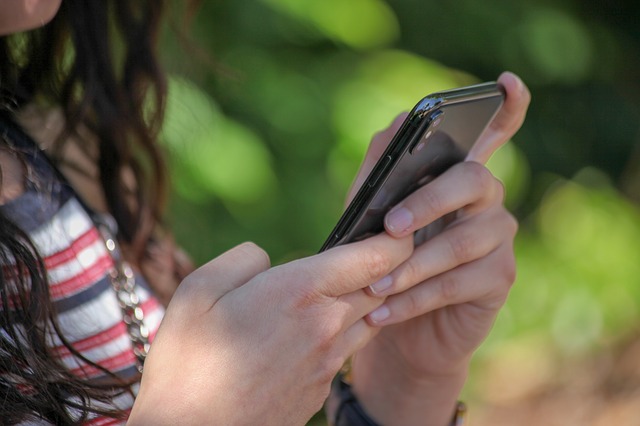Sign up for our daily edtech news briefing today, free.
Kids have become more alienated than ever over the past year and that has driven them to be online even more. Administrators, school counselors and faculty are all too familiar with the storylines of drama that unfold when students engage in bad behavior online.
Yet, as educators, this issue is frustrating to address. Schools have become increasingly responsible for educating both students and families about the dangers of online conduct, and even to a degree, policing these challenges, placing them in a punitive rather than teaching role, which is no good for any student or school.
Consider the recent high-profile case in which a young lady did not make a varsity cheerleading team, and reacted by posting an obscene gesture and language about the school online. The school disciplined her for the post, even though it was made on her private social media account and during after-school hours. This case has garnered so much attention that it has made its way to the US Supreme Court. The school was embroiled in a battle over their decision to discipline her off-campus behavior. That’s reactive, not proactive.
It can be difficult for students in their adolescent and teen years to understand the long term effects that bad social media behavior can have on them. They may even make the mistake of thinking that once they delete a post or comment, it can never be traced back to them. Yet 34% of employers say social media sites have helped them decide whether or not to shortlist their applicants for jobs.
Colleges are watching too. Universities are focused on their brand and therefore, do not want their school associated with students who may appear to exhibit a negative representation of their trademark. Students and their parents may not realize, but there are programs that scour online media daily and capture negative comments, tagged to individuals. This information is then archived for later offline retrieval in searches when applicants apply. Therefore, even if deleted, institutions still have a record of online behavior to monitor for later decisions. Offensive social media behavior resulted in an Ivy League college revoking previously issued acceptance letters of ten students, before they even got to campus!
There are also concerns about the mental health of students exposed to and/or projecting negative conduct online. The effects of harmful social media can influence a child’s well-being, and that matters too. In fact, a University of Buffalo study showed that the effects of social media can drive us to think less intelligently. One can imagine these effects are perpetuated further by the kind of isolation students have encountered over the past year.
So what’s the solution?
Recognizing that students have not fully developed an understanding of how their online conduct will have long term consequences for them, schools should resolve to proactively educate them. Teach this by sharing the cited resources above — provide these as case studies, integrated into curriculum within health, technology, life skills and psychology courses. Some other ways to have proactive discussions include:
- Discuss how the online disinhibition effect segregates our real self from a far worse online version, as well as resources like this excellent explanation about why people so often act so much worse online. This helps spell out the reality that we shift our behavior for the worse when online. This happens for several reasons that students are not fully conscious of, and that lack of awareness is what most often leads to damaging behavior. Feeling invisible and invincible online are two sets of main culprits. Helping students realize they are neither invisible nor invincible further helps them develop awareness and liberates them from a choice not to behave badly.
- Engage students in roleplaying scenarios, where they come as close to experiencing the reality as possible, while remaining in the safety of a learning context. Provide concrete causes to hash out scripts. Then link these to their own lives. How would this affect them? What impact would the negative consequences for not getting into the school of their choice feel like? How would their parents feel about their legal troubles? Like virtual reality, these simulations bear a real cost-analysis pain point, within the safe harbor of a risk free, exploratory context.
- Provide families with information and resources like the examples provided to aid them in reinforcement at home and to set the stage for fueling deterrents. When the school presents factual life consequences, parents are armed with the tools to help guide their child too. Programs that teach kids about the costs of bad online behavior are more effective than school and parental attempts to inhibit their freedom from engaging online, as it’s a child’s natural impulse to resist these restrictions.
In addition to the moral issues of bad online behavior, our students’ futures are at risk. Schools have a role in helping students to understand the expectations of good online conduct.
Dr. Michael Gaskell is principal at Hammarskjold Middle School in East Brunswick, NJ. He has a second book with a release date in the summer of 2021 about helping students return to learning from a place of trauma. Follow him on Twitter: @GaskellMGaskell
___________________________________________________________________
Like this article? Sign up for our Edtech news briefing to get news like this in your inbox, or check out all of SmartBrief’s education newsletters, covering career and technical education, educational leadership, math education and more.
More from SmartBrief Education:
- Adjusting lab learning in a post-pandemic classroom
- Distance learning while respecting students’ home lives
- 8 ways to make vocabulary instruction more effective
